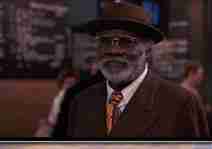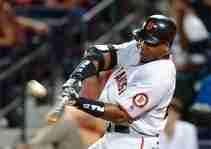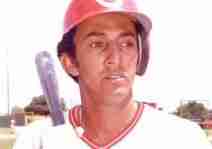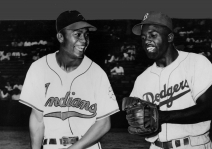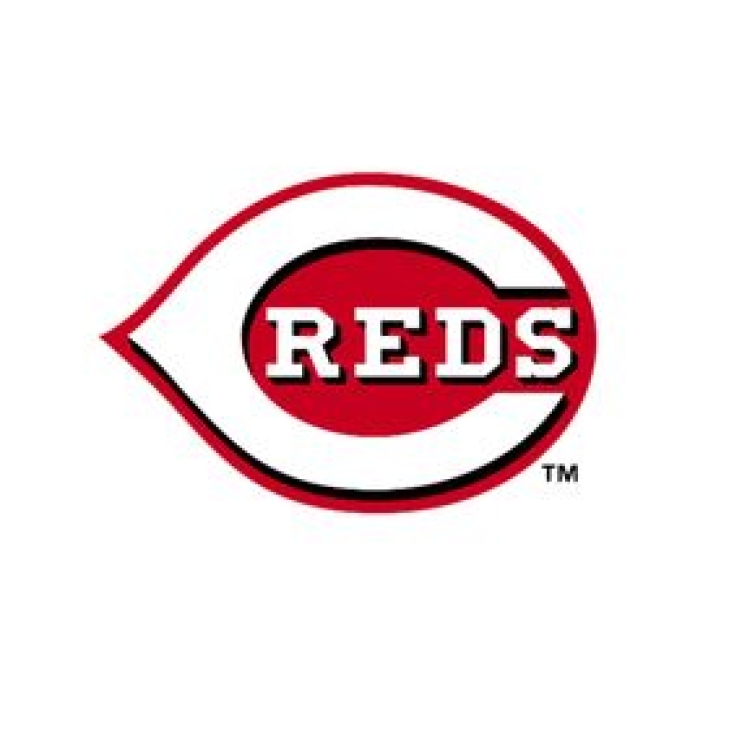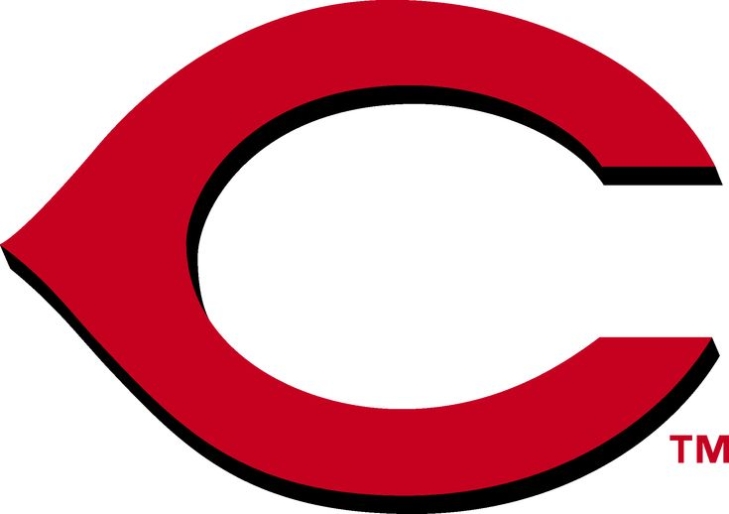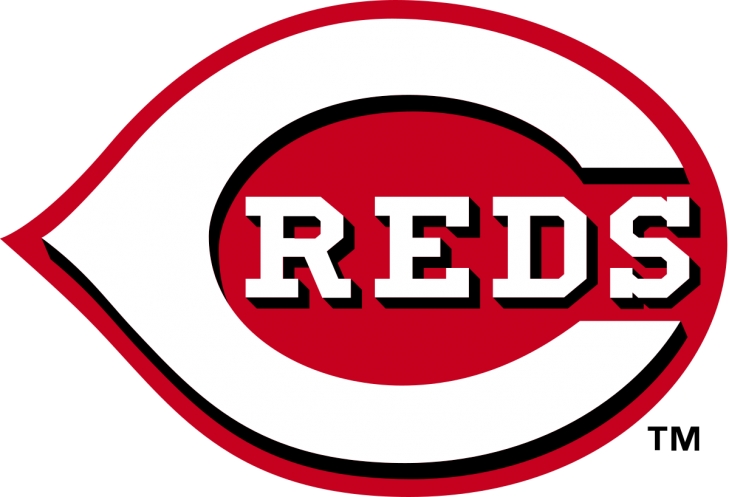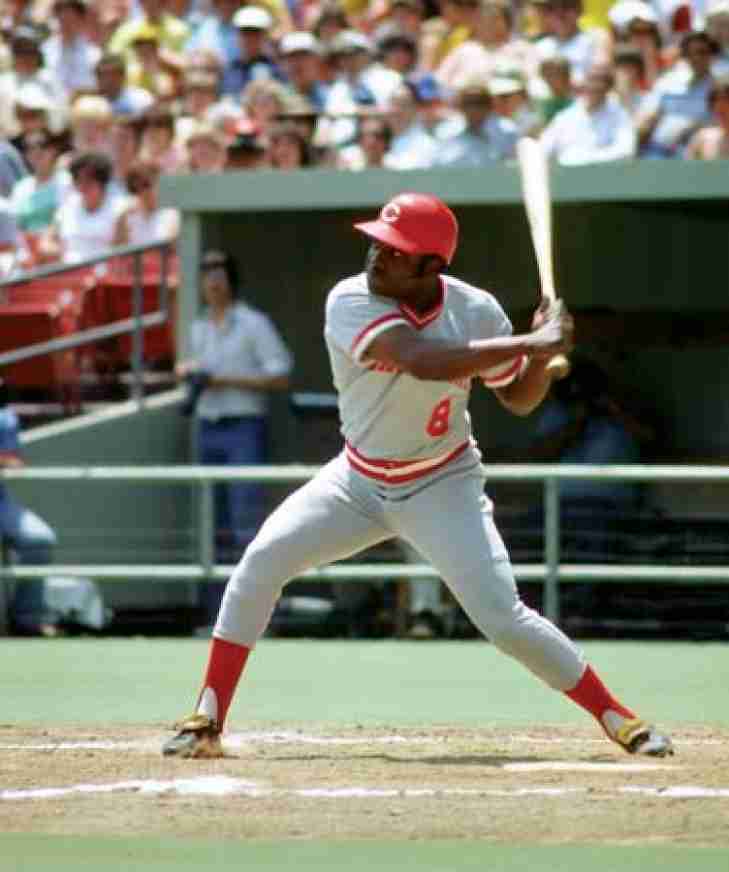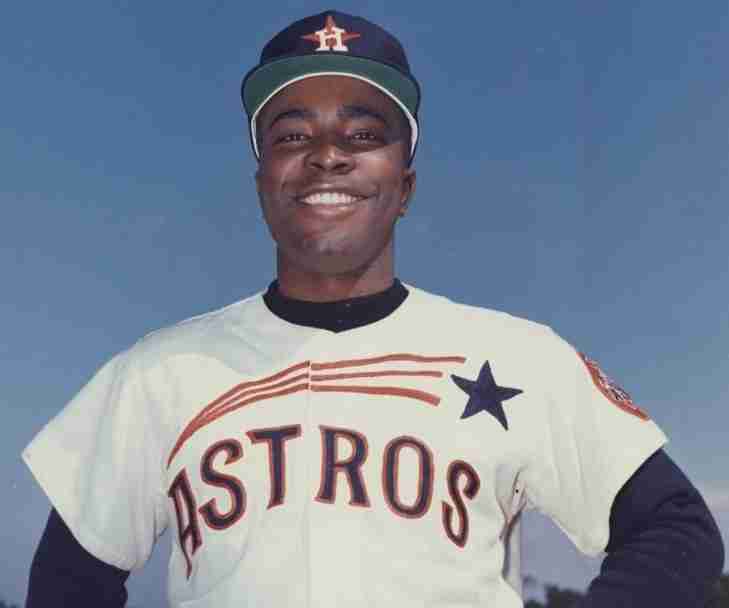Warning: Attempt to read property "params" on null in /home/notinhal/public_html/plugins/k2/k2canonical/k2canonical.php on line 382
Our All-Time Top 50 Cincinnati Reds have been revised
Yes, we know that this is taking a while!
As many of you know, we here at Notinhalloffame.com are slowly generating the 50 of each major North American sports team. That being said, we have existing Top 50 lists out and we always consistently look to update them when we can and based on necessity. As such, we are very happy to present our post 2022/23 revision of our top 50 Cincinnati Reds.
As for all of our top 50 players in baseball we look at the following:
1. Advanced Statistics.
2. Traditional statistics and how they finished in Major League Baseball.
3. Playoff accomplishments.
4. Their overall impact on the team and other intangibles not reflected in a stat sheet.
Last year, the Reds failed to make the playoffs and only had one active player ranked, but he did not move. Nevertheless, we always acknowledge when we look at the latest season.
As always, we present our top five, which obviously saw no changes:
1. Pete Rose
2. Johnny Bench
3. Frank Robinson
4. Joe Morgan
5. Joey Votto
You can find the entire list here.
The only notable think to mention is that the number five player, Joey Votto, did not advance.
We thank you for your continued support for our lists on Notinhalloffame.com.
Our All-Time Top 50 Cincinnati Reds have been updated to reflect the 2022 Season
Yes, we know that this is taking a while!
As many of you know, we here at Notinhalloffame.com are slowly generating the 50 of each major North American sports team. That being said, we have existing Top 50 lists out and we always consistently look to update them when we can and based on necessity. As such, we are very happy to present our post 2022 revision of our top Cincinnati Reds.
As for all of our top 50 players in baseball we look at the following:
1. Advanced Statistics.
2. Traditional statistics and how they finished in the National League.
3. Playoff accomplishments.
4. Their overall impact on the team and other intangibles not reflected in a stat sheet.
Last year, the Reds had a terrible season, and they were no changes on the list, but we need to present it all lists with an update; whether there is a change in it or not.
As always, we present our top five, which was not affected by the last season:
1. Pete Rose
2. Johnny Bench
4. Joe Morgan
5. Joey Votto
You can find the entire list here.
Votto, who is active, did not do enough to supplant Morgan for fourth, but that could happen this year.
We welcome your input and comments and as always, we thank you for your support.
Our All-Time Top 50 Cincinnati Reds have been revised
Yes, we know that this is taking a while!
As many of you know, we here at Notinhalloffame.com are slowly generating the 50 of each major North American sports team. That being said, we have existing Top 50 lists out and we always consistently look to update them when we can and based on necessity. As such, we are very happy to present the pre-2021 update of our top 50 Cincinnati Reds of all-time.
As for all of our top 50 players in hockey we look at the following:
1. Advanced Statistics.
2. Traditional statistics and how they finished in the National League.
3. Playoff accomplishments.
4. Their overall impact on the team and other intangibles not reflected in a stat sheet.
There are no new additions but as always, we announce our top five immediately, but out full list can be found here.
1. Pete Rose
2. Johnny Bench
4. Joe Morgan
5. Barry Larkin
The changes made to advanced stats from Baseball Reference resulted in slight changes through the list, but most dramatically at the bottom, as two former Reds replaced two others. Jake Beckley (#49) and Jay Bruce (#50) now enter in place of Tom Browning and Bronson Arroyo.
We welcome your input and commentsand as always, we thank you for your support.
RIP: Joe Morgan
Our baseball hearts are being broken again today.
The Field of Dreams on the Kinsella Farm in Iowa added its third Hall of Famer in roughly two weeks as Joe Morgan passed away. He was 77 Years Old.
Considered to be one of the greatest Second Baseman in the game’s history, Morgan first appeared in the Majors for the Houston Colt .45s in 1963, and in 1965 he was Houston’s starting Second Baseman, finishing second for the Rookie of the Year, and leading the National League in Walks. Morgan played with Houston until 1971, where he was a two-time All-Star. The Astros dealt him to the Cincinnati Reds after the 1971 Season, and it was at Riverfront where he truly became Cooperstown worthy.
Morgan was the engine that drove the “Big Red Machine” leading them to the 1975 and 1976 World Series Championship. He won the MVP in both of those years, earned five Gold Gloves, four OBP Titles, one Slugging Title and was named an All-Star every year as a Red (1972-79).
He played another year in Houston (1980), two in San Francisco (1981-82), and in 1983, he reunited with Pete Rose in Philadelphia, and the two elder statesmen helped the Phillies win the Pennant. Morgan played one final season in Oakland before retiring in 1984.
Morgan’s career stats included 2,517 Hits, 268 Home Runs, 1,133 RBIs and 689 Stolen Bases. He was inducted into the Baseball Hall of Fame in 1990.
We here at Notinhalloffame.com would like to extend our condolences to the friends, family and fans of Joe Morgan.
Our Top 50 All-Time Cincinnati Reds are now up
Again, did we ever say this would be fast?
We here at Notinhalloffame.com have completed our next all-time top 50, this time that of the Cincinnati Reds.
As for all of our top 50 players in baseball we look at the following:
- 1. Sabremetric tallies while with that team, mostly WAR.
- 2. Traditional metrics and how they finished in their respective league overall.
- 3. Playoff accomplishment.
- 4. Their overall impact on the team and other intangibles not reflected in a stat sheet.
Remember, this is ONLY based on what a player does on that particular team and not what he accomplished elsewhere and also note that we have placed an increased importance on the first two categories.
Saying all of that, as.
The complete list can be found here, but as always we announce our top five in our news. They are:
- 1. Pete Rose
- 2. Johnny Bench
- 4. Joe Morgan
- 5. Barry Larkin
This is a solid top five with four Hall of Famers and one who should be.
So which team is up next?
We go back to the ice and look at the top 50 Dallas Stars of all time.
Look for that in a couple of months.
As always, we here at Notinhalloffame.com thank you for your support.
If I Had a Vote in the 2018 Baseball Hall of Fame Election
Sounds like voting for the Baseball Hall of Fame for the last few years, doesn't it?
The good news is that since the Shutout of 2013, when the eligible members of the Baseball Writers' Association of America (BBWAA) could not muster the 75 percent of the vote necessary to elect any one ballot candidate to the Hall of Fame despite a wealth of candidates from whom to choose (I counted 14), the BBWAA has sent a dozen players to Cooperstown. Based on that trend, and barring any unusual or unforeseen wrinkle, the writers are certain to elect at least one player for 2018.
6. Joe Morgan
Joe Morgan wants the voters to exclude all PED users
Baseball Hall of Fame inductee Joe Morgan, who also is the Vice-Chairman of the Hall and a member of the Board of Directors has sent a letter to the voters urging them not to vote for PED users. Rather than dissect the letter, we are showing it in its entirety below:
Dear BBWAA Hall of Fame Voter:
Over the years, I have been approached by many Hall of Fame members telling me we needed to do something to speak out about the possibility of steroid users entering the Hall of Fame. This issue has been bubbling below the surface for quite a while.
I hope you don’t mind if I bring to your attention what I’m hearing.
Please keep in mind I don’t speak for every single member of the Hall of Fame. I don’t know how everyone feels, but I do know how many of the Hall of Famers feel.
I, along with other Hall of Fame Baseball players, have the deepest respect for you and all the writers who vote to decide who enters Baseball’s most hallowed shrine, the National Baseball Hall of Fame. For some 80 years, the men and women of the BBWAA have cast ballots that have made the Hall into the wonderful place it is.
I think the Hall of Fame is special. There is a sanctity to being elected to the Hall. It is revered. It is the hardest Hall of Fame to enter, of any sport in America.
But times change, and a day we all knew was coming has now arrived. Players who played during the steroid era have become eligible for entry into the Hall of Fame.
The more we Hall of Famers talk about this – and we talk about it a lot – we realize we can no longer sit silent. Many of us have come to think that silence will be considered complicity. Or that fans might think we are ok if the standards of election to the Hall of Fame are relaxed, at least relaxed enough for steroid users to enter and become members of the most sacred place in Baseball. We don’t want fans ever to think that.
We hope the day never comes when known steroid users are voted into the Hall of Fame. They cheated. Steroid users don’t belong here.
Players who failed drug tests, admitted using steroids, or were identified as users in Major League Baseball’s investigation into steroid abuse, known as the Mitchell Report, should not get in. Those are the three criteria that many of the players and I think are right.
Now, I recognize there are players identified as users on the Mitchell Report who deny they were users. That’s why this is a tricky issue. Not everything is black and white – there are shades of gray here. It’s why your job as a voter is and has always been a difficult and important job. I have faith in your judgment and know that ultimately, this is your call.
But it still occurs to me that anyone who took body-altering chemicals in a deliberate effort to cheat the game we love, not to mention they cheated current and former players, and fans too, doesn’t belong in the Hall of Fame. By cheating, they put up huge numbers, and they made great players who didn’t cheat look smaller by comparison, taking away from their achievements and consideration for the Hall of Fame. That’s not right.
And that’s why I, and other Hall of Famers, feel so strongly about this.
It’s gotten to the point where Hall of Famers are saying that if steroid users get in, they’ll no longer come to Cooperstown for Induction Ceremonies or other events. Some feel they can’t share a stage with players who did steroids. The cheating that tainted an era now risks tainting the Hall of Fame too.
The Hall of Fame means too much to us to ever see that happen. If steroid users get in, it will divide and diminish the Hall, something we couldn’t bear.
Section 5 of the Rules for Election states, “Voting shall be based upon the player’s record, playing ability, integrity, sportsmanship, character, and contributions to the team(s) on which the player played.”
I care about how good a player was or what kind of numbers he put up; but if a player did steroids, his integrity is suspect; he lacks sportsmanship; his character is flawed; and, whatever contribution he made to his team is now dwarfed by his selfishness.
Steroid use put Baseball through a tainted era where records were shattered. “It was a steroidal farce,” wrote Michael Powell in the New York Times. It is no accident that those records held up for decades until the steroid era began, and they haven’t been broken since the steroid era ended. Sadly, steroids worked.
Dan Naulty was a journeyman pitcher in the late 1990s who admitted he took steroids, noting that his fastball went from 87 to 96. He told Sports Illustrated’s Tom Verducci in 2012, “I was a full-blown cheater, and I knew it. You didn't need a written rule. I was violating clear principles that were laid down within the rules. I understood I was violating implicit principles.”
The Hall of Fame has always had its share of colorful characters, some of whom broke or bent society’s rules in their era. By today’s standards, some might not have gotten in. Times change and society improves. What once was accepted no longer is.
But steroid users don’t belong here. What they did shouldn’t be accepted. Times shouldn’t change for the worse.
Steroid users knew they were taking a drug that physically improved how they played. Taking steroids is a decision. It’s the deliberate act of using chemistry to change how hard you hit and throw by changing what your body is made of.
I and other Hall of Famers played hard all our lives to achieve what we did. I love this game and am proud of it. I hope the Hall of Fame’s standards won’t be lowered with the passage of time.
For over eighty years, the Hall of Fame has been a place to look up to, where the hallowed halls honor those who played the game hard and right. I hope it will always remain that way.
Sincerely,
Joe Morgan
Hall of Fame Class of 1990 Vice Chairman
P.S. Families come to Cooperstown because they know it’s special. To parents, it’s a place they can take their kids for an uplifting, feel-good visit. It’s a place where kids can see what true greatness is all about. It’s a place where youngsters can dream that one day they too might get in. This place is special. I hope it stays that way.
Hardly on the fence is it?
Specifically, this applies to Barry Bonds, Roger Clemens and Gary Sheffield who were named in the Mitchell Report, and Manny Ramirez who failed two tests. Sammy Sosa did not officially fail a test, but did test positive in an “anonymous” test in 2003.
Bonds and Clemens saw their vote total increase above the 50% mark for the first time in the last vote, with many of the voters stating that the induction of Bud Selig, who was the commissioner over the PED era triggering their change of heart.
This won’t be the last time we hear about this in the next two months!
Awards = HOF? Part Twenty-Five: Gold Glove Second Base
Needless to say, different awards in different sports yield hall of fame potential. In basketball, the team sport with the least amount of players on a roster, the dividend for greatness much higher. In baseball, it is not as much as a great individual season does not have the same impact.
We are now taking a look at the Gold Glove Award, given annually to the best defensive player in MLB in each respective position.
17. Joe Morgan
In his two runs in Houston, Morgan would have 972 Hits with 72 Home Runs and 219 Stolen Bases.
Awards = HOF? Part Seven: The Silver Slugger (Second Base) (MLB)
Needless to say, different awards in different sports yield hall of fame potential. In basketball, the team sport with the least amount of players on a roster, the dividend for greatness much higher. In baseball, it is not as much as a great individual season does not have the same impact.


